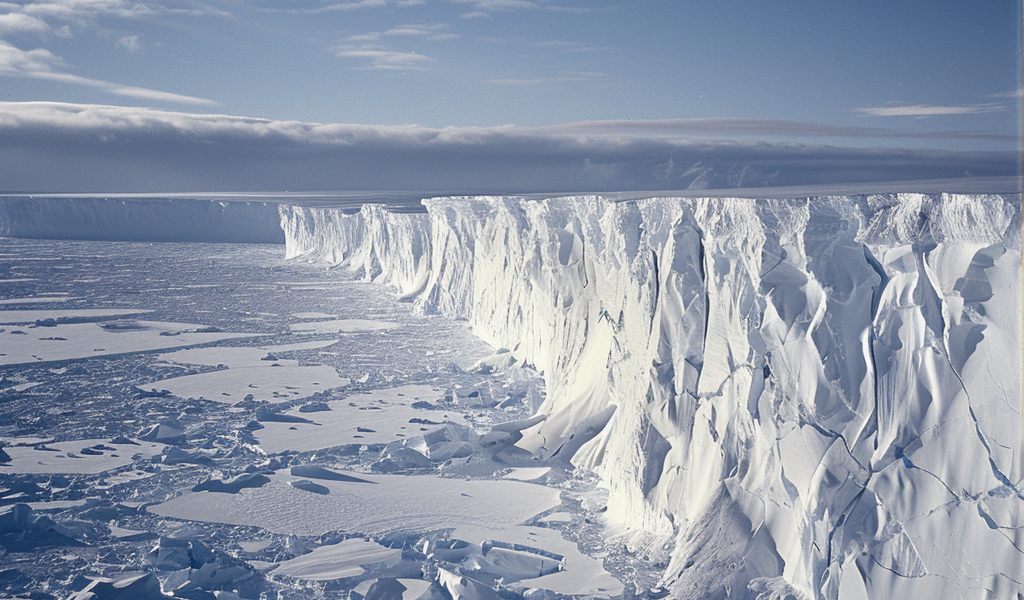Recent research conducted by the University of Washington has shed light on the physics of ice sheet collapse, particularly in regard to glacier fracture. The study, published in AGU Advances, revealed a remarkable discovery: an 80-mph speed record for glacier fracture along an Antarctic ice shelf.
The research, led by Stephanie Olinger, a postdoctoral researcher at Stanford University and former doctoral researcher at the University of Washington and Harvard University, demonstrated the rapid formation of a 6.5-mile crack in the Pine Island Glacier, a retreating ice shelf that holds back the larger West Antarctic ice sheet. This significant crack formed in just five and a half minutes, opening at a staggering speed of about 115 feet per second or approximately 80 miles per hour.
Olinger emphasized the unprecedented nature of this event, stating, ‘This is to our knowledge the fastest rift-opening event that’s ever been observed.’ The findings underscore the critical need to understand the behavior of ice shelves in the face of warmer oceans and the potential implications for rising sea levels.
Rifts, which are cracks that pass through the floating ice of Antarctic ice shelves, serve as precursors to ice shelf calving, where large chunks of ice break off and fall into the sea. The study highlighted the pivotal role of ice shelves in stabilizing the Antarctic ice sheet, with Olinger noting, ‘If an ice shelf breaks up, the glacier ice behind really speeds up. This rifting process is essentially how Antarctic ice shelves calve large icebergs.’
While rifts in other parts of Antarctica typically develop over months or years, the rapid pace of fracture observed in the Pine Island Glacier underscores the dynamic nature of this landscape. The research has significant implications for understanding the potential impact of glacier fracture on rising sea levels and calls for further investigation into the behavior of ice shelves in large-scale ice sheet models.
This groundbreaking study offers valuable insights into the physics of ice sheet collapse and provides a compelling perspective on the future of Antarctic glaciers in the context of global sea level rise.





